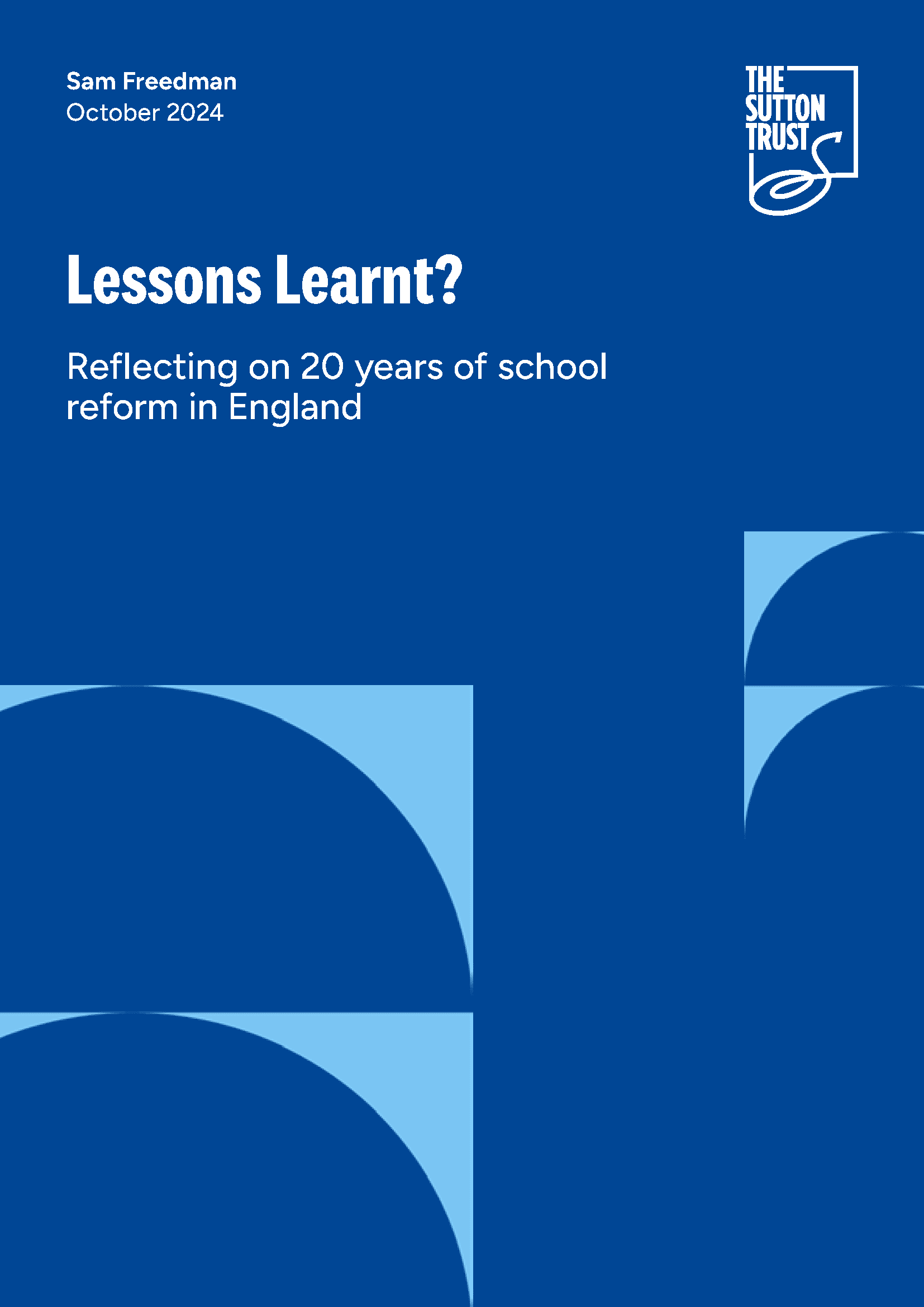This paper, authored by education policy expert Sam Freedman, looks at school policy reforms over the last few decades, setting out a surprisingly consistent journey, as well as a number of challenges.
But how much differences have policy changes over this time period actually made? What does the best available evidence say about academic performance? Are pupils more likely to progress to further and higher education? How have different demographic groups fared, including those from low-income families that many reforms have, in theory, been focused on? We also look at changes in other areas of children’s lives, how these interact with their experiences at school, and how that’s changed the role of schools and colleges.
We conclude with some of the big questions the new government will need to consider as it develops its own plans for education at a time of major fiscal constraint. Given this, what should they prioritise and how can they make sure they’re learning from the history of recent reform efforts?
